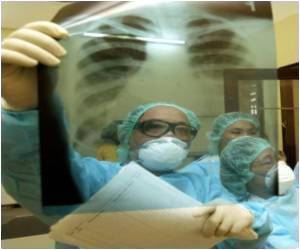
"Given the results of the National Lung Screening Trial (NLST), which demonstrated that low-dose computed tomography (CT) reduces lung cancer mortality, and the support for screening healthy, high-risk individuals with low-dose CT by clinical and patient advocacy groups, we will likely see screening for lung cancer in our near future," said Stephen A. Deppen, a doctoral candidate in epidemiology and database analyst at Vanderbilt University in Nashville, Tenn.
Data from NLST revealed that low-dose CT screening led to a 20 percent reduction in lung cancer-related mortality compared with chest X-ray; however, 96 percent of the positive screening results were false positives and 24 percent of follow-up lung resections were negative for lung cancer.
"It was not known whether the prevalence of benign disease diagnosis after lung resection for suspected lung cancer is uniform across the United States," said Deppen. "If prevalence differs by state or region of the country, then a national lung cancer screening program may have varying results."
He and his colleagues, therefore, set out to determine the prevalence of benign disease diagnosis rates by state.
Using the Medicare Provider Analysis and Review (MedPAR) Hospital National Limited Data Set from 2009, Deppen and colleagues evaluated medical data from 25,362 patients who underwent lung surgery for known or suspected lung cancer.
Advertisement
In addition, there was a wide variation among states in the prevalence of benign disease diagnosis, from 1.2 percent in Vermont to 25 percent in Hawaii.
Advertisement
Source-Newswise










